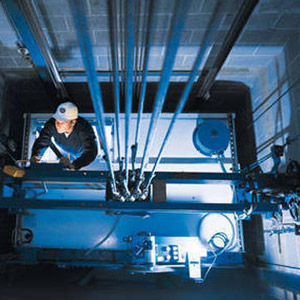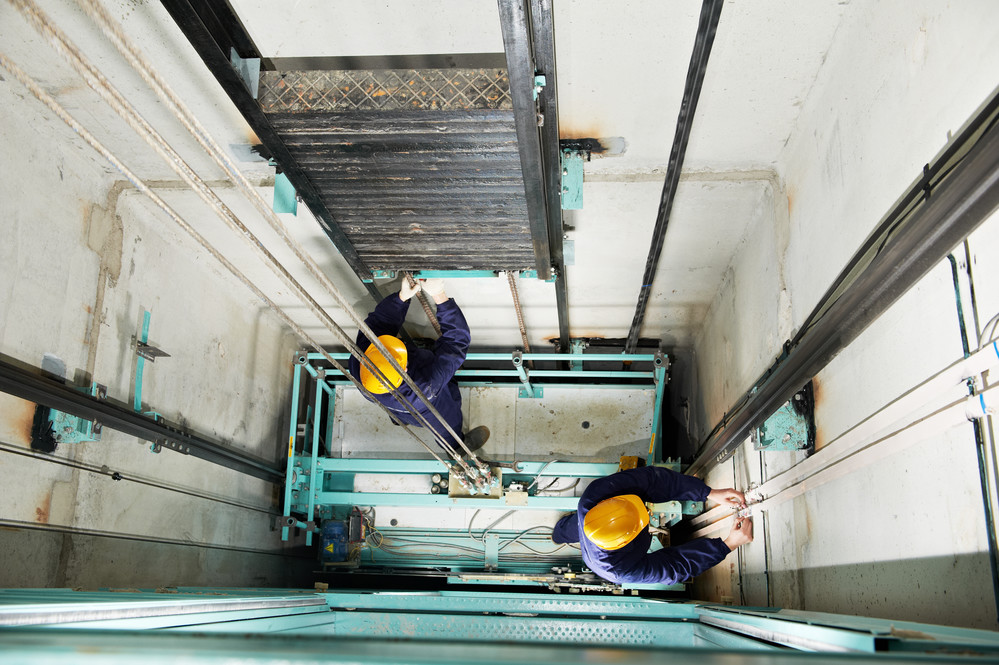Important Guide to Understanding Disabled Platform Lifts and Their Capability
Comprehending the complexities of impaired platform lifts surpasses plain awareness; it calls for an extensive understanding of their functionality and style. From the various kinds available to the vital components that make them operational, each element contributes to the seamless operation of these vital accessibility tools. In addition, the rigorous safety policies and upkeep factors to consider related to system lifts are vital in guaranteeing their dependability and durability. By discovering these aspects thoroughly, one can acquire an extensive understanding of just how these lifts not just boost availability yet also prioritize user security and comfort.
Sorts Of Handicapped Platform Lifts
There are a number of kinds of handicapped platform lifts designed to supply ease of access for individuals with mobility difficulties. Upright platform lifts are a popular choice as they move directly and down, making them suitable for shorter distances and where room is limited. These lifts are commonly set up in homes, institutions, and commercial structures to aid mobility device individuals in navigating different degrees. Inclined platform lifts, on the other hand, appropriate for areas where an upright lift may not be possible due to building constraints. These lifts adhere to the incline of stairs, supplying a smooth and risk-free ride for individuals with movement problems.
Another type of handicapped platform lift is the portable lift, which offers flexibility and benefit. Each type of disabled platform lift serves an unique purpose in enhancing accessibility and improving the top quality of life for people with wheelchair obstacles.
Secret Parts and Systems
Handicapped platform lifts, such as vertical and likely lifts, rely upon certain essential elements and mechanisms to ensure smooth and secure transport for people with wheelchair difficulties. One crucial part of these lifts is the system itself, which serves as the foundation for transporting people - elevator maintenance. The system is developed to be sturdy, sizable sufficient to fit wheelchairs or movement devices, and furnished with security features such as guardrails and non-slip surface areas to stop accidents throughout transit

In addition, safety sensors and emergency situation quit switches are incorporated right into disabled system raises to boost user safety and stop crashes. These components collaborate to produce a dependable and effective transport remedy for people with movement disabilities.
Setup and Upkeep Considerations

Regular upkeep is similarly over at this website vital to maintain disabled system lifts running efficiently. Arranged assessments, lubrication of moving components, and testing of security functions should be executed according to the producer's advised routine. Any indications of wear and tear must be dealt with promptly to stop further damages and ensure the lift runs accurately. Furthermore, having an upkeep log to track service background and interventions can aid in identifying patterns and prospective issues before they escalate. By prioritizing correct installation and attentive upkeep practices, the long life and performance of impaired system lifts can be made best use of, benefiting both users and center supervisors.
Security Attributes and Rules
Guaranteeing compliance with security guidelines is extremely important when reviewing the efficiency of security features in impaired platform lifts. These lifts undergo particular safety and security standards to secure individuals, making it crucial for makers and drivers to follow these policies. Safety features typically found in disabled platform lifts consist of emergency situation stop buttons, safety barriers, interlocks, and under-platform sensing units. Emergency situation stop buttons allow immediate stopping of the lift in situation of an emergency, while safety obstacles stop individuals from inadvertently dropping off the platform. Interlocks guarantee that the lift doors are securely shut before the lift operates, boosting visit this page individual security. Under-platform sensors identify blockages beneath the lift, preventing it from coming down if an item is in the means. Furthermore, regular upkeep and examinations are needed to make sure that safety attributes are operating properly and in compliance with regulations. By focusing on security features and sticking to guidelines, handicapped platform lifts can provide risk-free and efficient transport for individuals with impairments.
Advantages of Making Use Of Platform Lifts
Conformity with safety and security policies and the application of necessary security features in impaired system lifts contribute to the general advantages of making use of these lifts for people with handicaps. Beyond safety and security, system lifts offer a range of advantages that improve access and ease. Generally, directory the benefit, self-reliance, and inclusivity helped with by system lifts dramatically improve the high quality of life for individuals with impairments, making them an important ease of access remedy.

Final Thought
In conclusion, disabled platform lifts come in different types with crucial elements and mechanisms that permit for risk-free and reliable procedure. The advantages of using platform lifts include boosted access and self-reliance for people with handicaps.